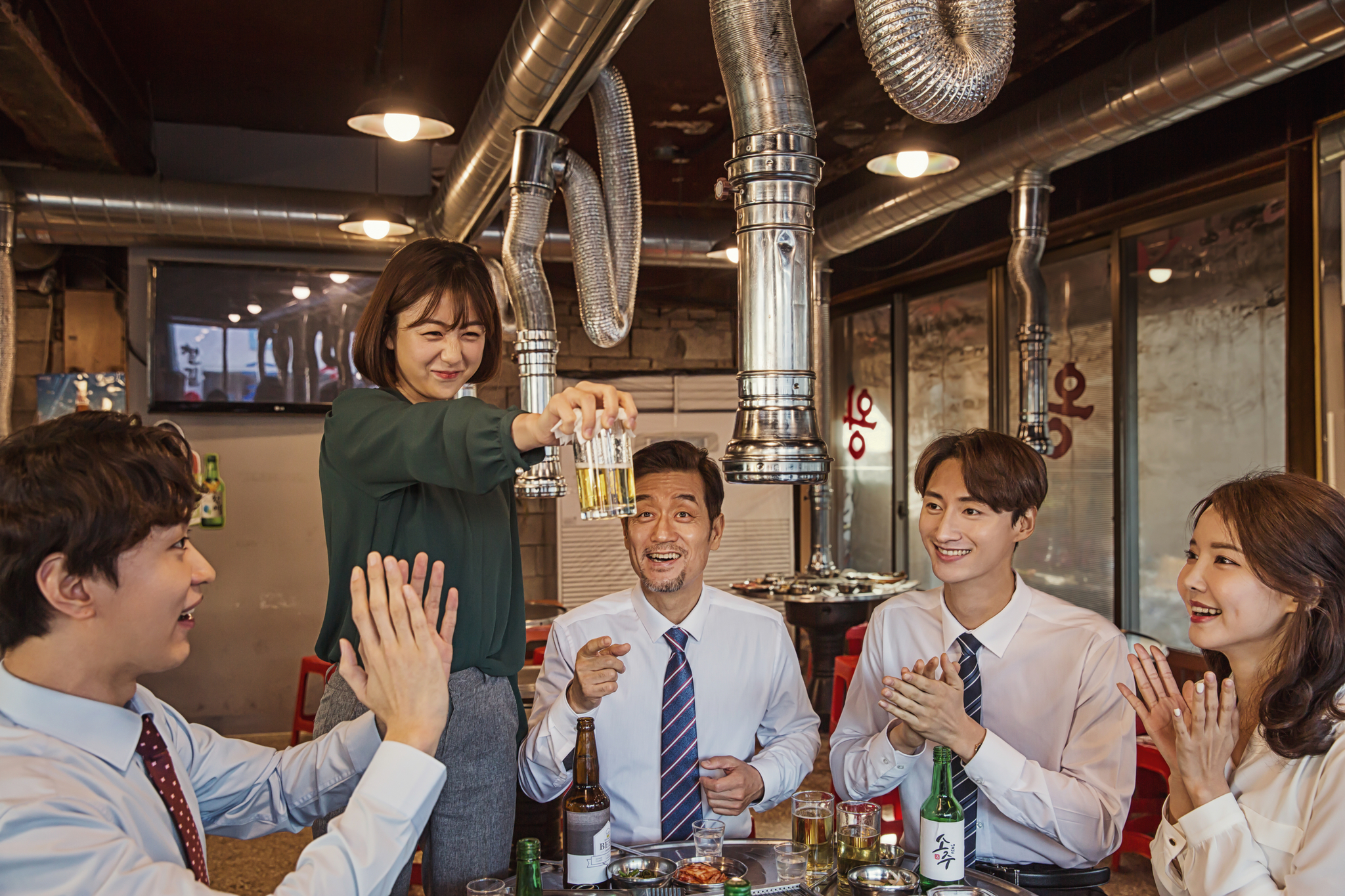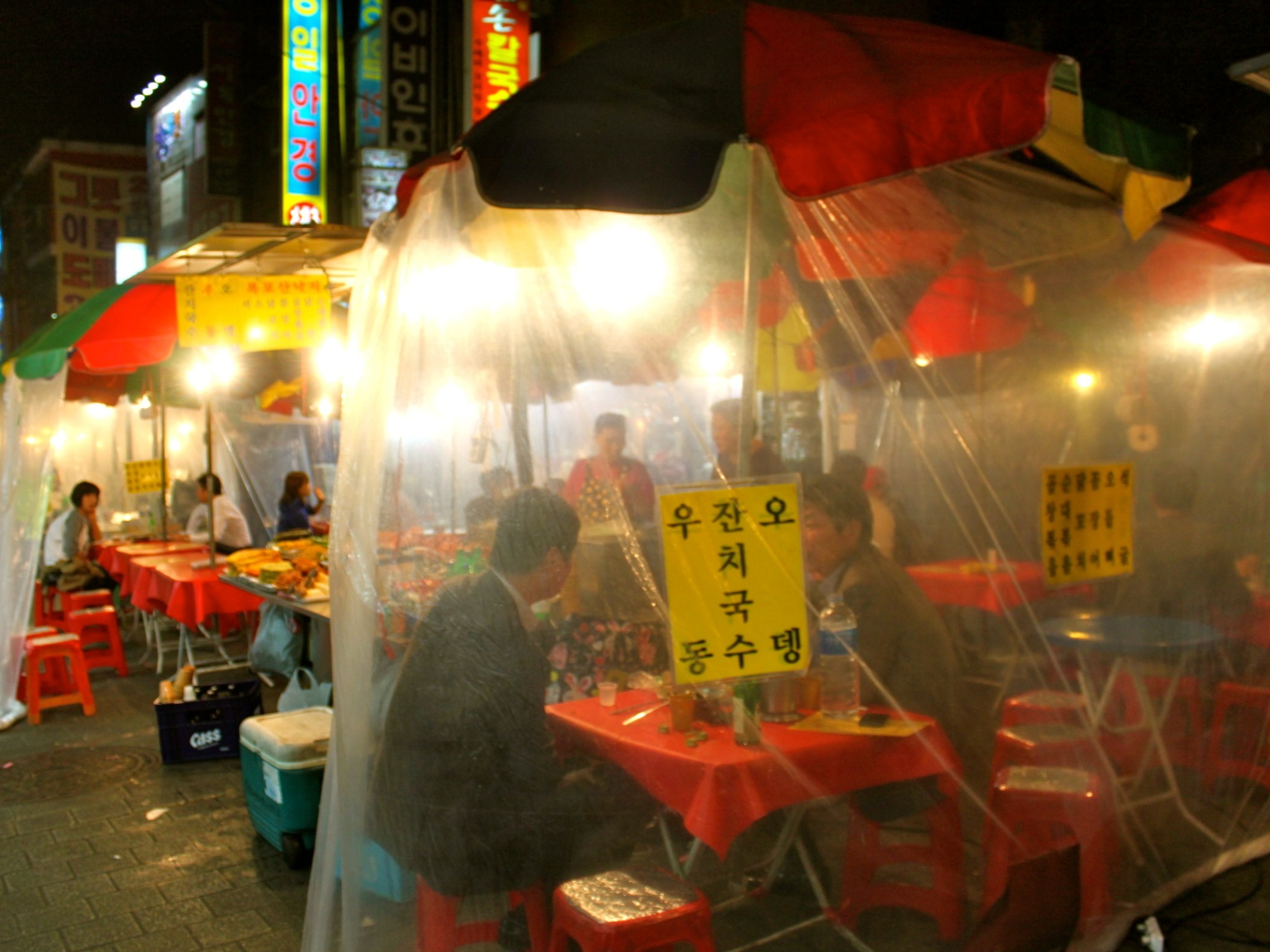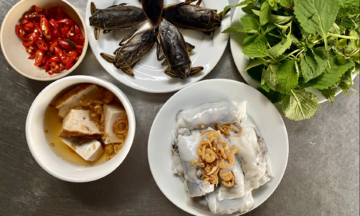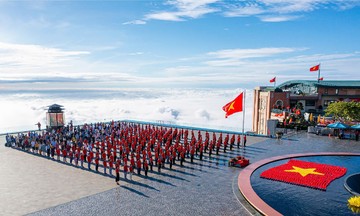During a trip to Seoul, Soh Wee Ling, writing for CNA, explored South Korean drinking culture through its street food stalls.
In Jongno 3-ga, a visitor sat inside the bright orange tent of a pojangmacha (Korean-style street food stall), raised his index finger, and pointed at the empty green soju bottle on the table, gesturing for another from a distant server. He hesitated, lacking the confidence to say "Jeogiyo, soju hana juseyo" ("One soju, please"), despite having learned some basic Korean.
The atmosphere at Jongno 3-ga's street food stalls evokes scenes from Korean dramas, where characters share drinks in cozy, romantic settings, or colleagues unwind after work. These tents, nestled between exits 5 and 6 of Jongno 3-ga Station, bustle from early evening until late.
However, the experience isn't as cheap as one might think. While soju is affordable, accompanying dishes like bossam (boiled pork wraps) or gamjatang (pork bone stew) can be pricey, especially for small groups of one or two people.
Drinking soju alone amidst the crowd would be seen as going against the collective drinking culture that Koreans value. The visitor realized the irony of escaping the biting cold – cold enough to drain a phone battery in minutes – to find a warm street food stall, only to order an ice-cold bottle of soju.
 |
A Korean hoesik drinking party. Photo: Korea Joongang Daily |
A Korean hoesik drinking party. Photo: Korea Joongang Daily
Drinking culture is deeply ingrained in Korean life, from Buddhist rituals and holidays to ancestral rites dating back to the Goryeo Dynasty (918-1392). Ling visited Samhaejip, a restaurant in Jongno 3-ga's Bossam Alley, during lunchtime. Customers ordered bossam with fresh oysters, accompanied by a complimentary bowl of hot pork bone stew with each order. At the next table, a boisterous group of older people created a lively ambiance, confirming Ling's impression of the place's popularity.
Food pairings go beyond mere snacks. On rainy days, Koreans enjoy jeon (Korean pancakes) with makgeolli rice wine. Fried chicken and beer is so popular it has its own name – chimaek, a portmanteau of "chicken" and "maekju" (beer).
Soju, Korea's traditional liquor, remains the top choice. In 2020, diluted soju sales reached 3.7 trillion won (2.6 billion USD), accounting for 42.1% of the alcoholic beverage market share. Soju exports exceeded 200 million USD last year, boosted by the Korean Wave.
At Majanggol, a restaurant in the Majang Meat Market, Ling observed diners sipping soju alongside grilled Korean beef. She also noticed some employees quietly slipping away as their bosses stood up, a tactic to escape prolonged drinking sessions.
Workplace drinking parties, or hoesik (after-work gatherings for bonding), were once a cultural staple. Zhang Anqi, a Seoul resident of over two years, noted that the frequency of these events has decreased significantly since the pre-pandemic era. Working at a traditional company, she attends such gatherings bi-weekly, but companies now avoid scheduling them on Fridays to promote work-life balance.
 |
A typical pojangmacha on a Korean street. Photo: Backpackerlee |
A typical pojangmacha on a Korean street. Photo: Backpackerlee
A 2007 Seoul High Court ruling prohibiting forced drinking, along with the 2017 #MeToo movement, has spurred this change. Denise Tan, a Singaporean coordinator in Seoul, shared that her company no longer holds hoesik due to low attendance and an awkward atmosphere.
Previously, due to post-war rice shortages, soju was made from sweet potatoes and tapioca starch, distilled to 95% alcohol, then diluted to 30% and sweetened for palatability. This green-bottled soju became popular for its affordability, making it accessible to all. During the economic boom of the 1970s and 80s, Koreans favored it for its quick intoxication.
Irene Yoo, whose book "Soju Party: How To Drink (And Eat!) Like A Korean" is set to release in 9/2025, explains how pouring rituals, drinking games, and unique bottle-opening techniques bring Koreans closer. While there's an order for pouring drinks, these lines often blur as the night progresses.
Brands like Chamisul (launched in 1998 at 23% alcohol, later reduced to 16%) and Chum-Churum (from 20% to 16.5%) are becoming milder. Fruit-flavored soju, around 13% alcohol, is also gaining popularity.
An integral part of the drinking culture is hangover stew (haejangguk). At Cheongjinok, a Seoul restaurant established in 1937, Ling enjoyed Seoul-style haejangguk with ox blood and soybean paste. Gwanghwamun Ttukgam in Jongno is another favorite for hangover-curing pork bone stew.
Furthermore, South Korea's hangover cure market reached 347.3 billion won (323 million SGD) in 2023, up from 224.3 billion won in 2021. Products range from drinks and candies to gels containing vitamins, electrolytes, and Korean herbs, but they aren't always effective. One visitor, after purchasing a hangover remedy at a convenience store, still resorted to instant noodles to soothe a headache and nausea.
Hoai Anh (via CNA)












